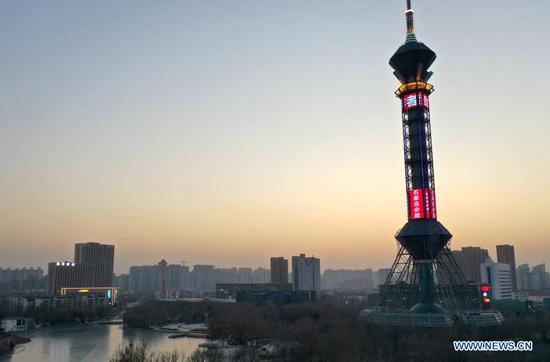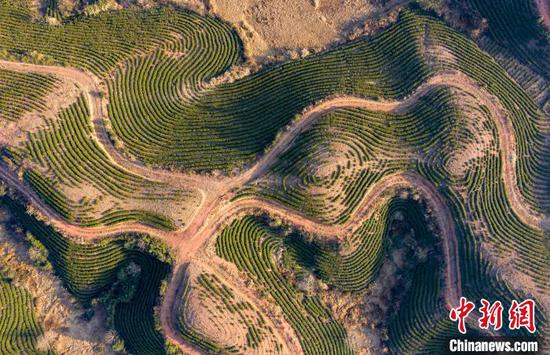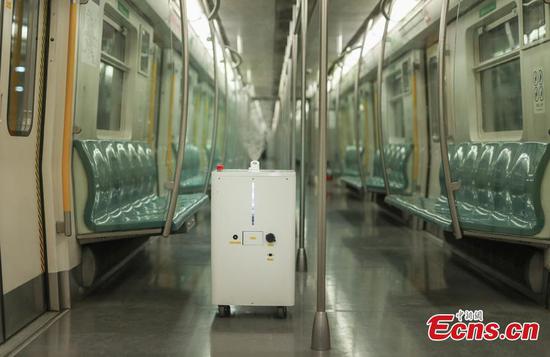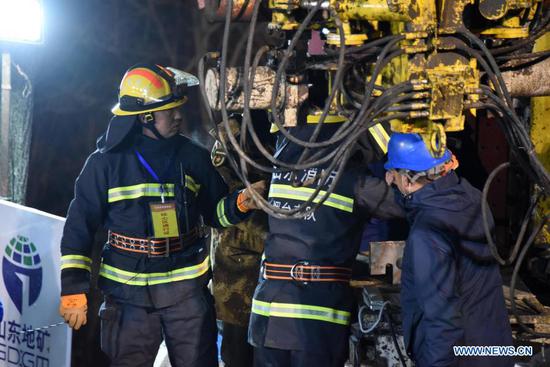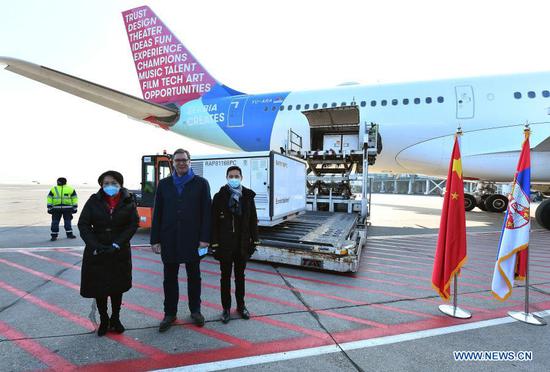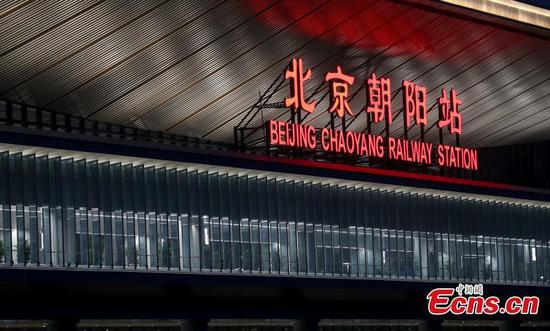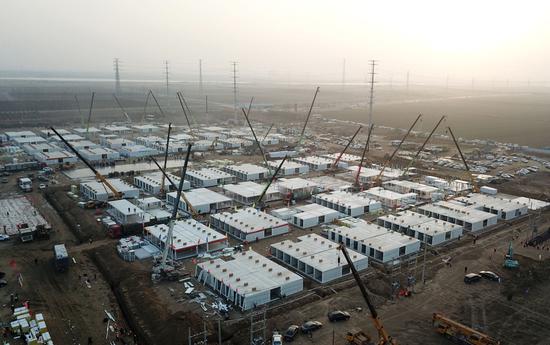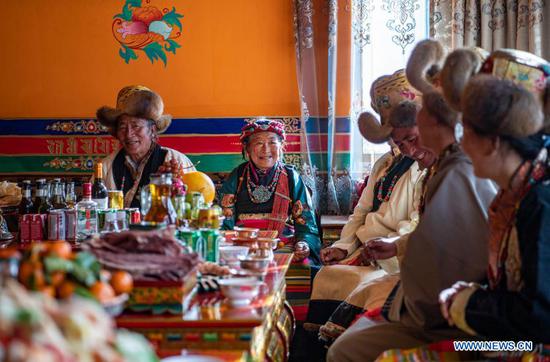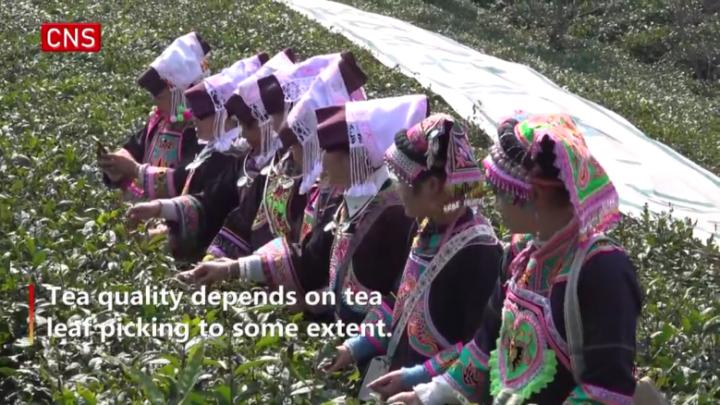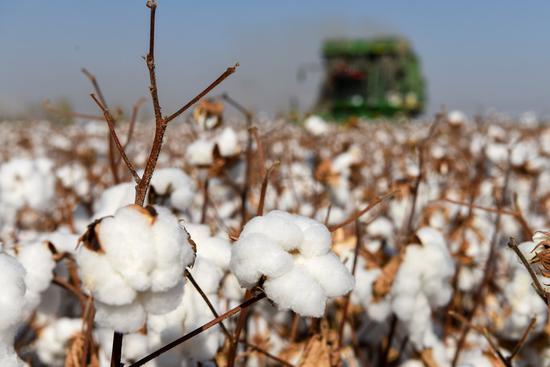
A cotton harvesting machine works in a field in Manas County, Hui Autonomous Prefecture of Changji, northwest China's Xinjiang Uygur Autonomous Region, Oct. 17, 2020. (Xinhua/Ding Lei)
As the weather turns cold in October, swathes in northwest China's Xinjiang Uygur Autonomous Region gradually turn white, but not because of snow. It's the harvesting season for cotton, a crop that matters a lot in Xinjiang and beyond.
Ample sunshine, arid weather and large temperature differences between day and night make Xinjiang an ideal place to grow the natural fiber.
Xinjiang is the largest cotton growing region in China, ranking first nationally in total output, per unit production and planting area for 25 consecutive years.
In 2020, the total cotton planting area in Xinjiang reached 2.51 million hectares, nearly the same as in 2019. Xinjiang is expected to see another bumper harvest this year.
Growing cotton means a lot for the far west region of China. It's the main source of income for many farmers, especially in the poorer regions of south Xinjiang.
Data by the China Cotton Association (CCA) shows that more than half of Xinjiang's farmers grow cotton, with the majority being ethnic minorities. Cotton farming is the major source of local agricultural income in south Xinjiang.
Xinjiang's cotton fields not only bring income to growers, but also to many migrant workers, who would travel across places to help pick cotton in patches hard to be harvested with machinery.
Nearly 4,000 people in the Aral township in Aksu Prefecture joined the migrant cotton-picking army last year, earning an average of nearly 6,000 yuan (about 895 U.S. dollars) per capita in two months, with the champion cotton picker pocketing some 23,000 yuan.
Over 90 percent of north Xinjiang's cotton fields are now harvested using machinery. The practice is also becoming popular in south Xinjiang.
The increasingly modernized cotton industry also creates jobs. Zulyar Nijat, a 27-year-old college graduate in south Xinjiang's cotton hub Yuli, made a foray into the cotton fields in early September by working with his elder brother to spray defoliants using drones for easier harvesting.
"We could spray defoliants on some 13.3 hectares for an entire morning, making about 1,200 yuan. It's quite a handsome payment," Zulyar said.
The downstream cotton textile sector is another major employment provider, offering some 600,000 local jobs, CCA data showed.
The importance of the raw material used in textiles has gained prominence this year amid the COVID-19 epidemic due to rising cotton demand for the production of protective gear and other medical supplies.
Railways in Xinjiang transported some 2.7 million tonnes of cotton during the January-July period, an increase of over 83 percent year on year, according to China Railway Urumqi Group Co. Ltd.
Xinjiang's cotton output accounts for about a fifth of the world total, while China's textile and apparel exports make up about one third of the global value. Moreover, to propel the industry's growth, Xinjiang has shared its cotton growing expertise with other areas such as some central Asian countries.
China's cotton and textile industries have been committed to protecting employee rights and improving their work and life conditions to produce high-grade products and offer stable and efficient supply chain services for global apparel and retail brands, the CCA said in August in a joint statement with the China Chamber of Commerce for Import and Export of Textiles.
China's cotton farmers and textile workers, among others, have contributed a lot to the growth of the global cotton textile market, and they deserve to be treated fairly, the statement added.










